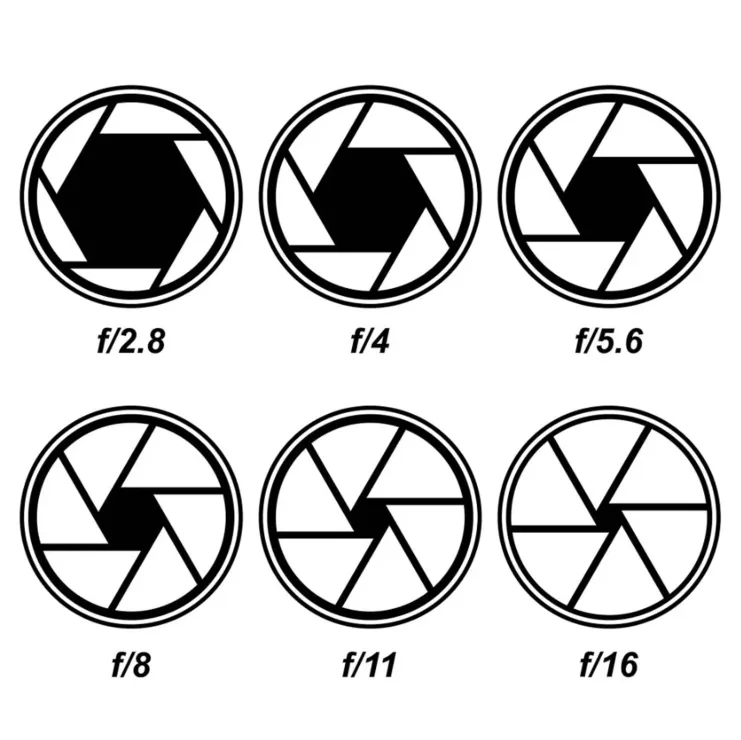Sun flare or starburst photography is an artistic photographic technique that can be achieved without special post-processing techniques or editing tricks. By controlling how light enters our camera, we can produce visually arresting photos. Here’s how it works:
To achieve stunning starburst effects, we must close down to our minimum aperture (typically f/22). This makes the aperture smaller, thus letting in less light; creating that beautiful starburst effect.

Best Gear To Use
With an aperture set at f/22, less light passes through the sensor; therefore we must keep the shutter open longer in order for enough light to enter. Handholding would be difficult so using a sturdy tripod is essential.
Remote triggers are an invaluable asset when it comes to eliminating camera shake and managing shutter speeds in bulb mode, keeping both hands free from accidental bumps when taking photos.
Setting Up for Starbursts
Choose a location with lots of inviting lights. If this is your first long exposure experience, place your camera in aperture priority mode and take several test shots with an open aperture (f/5.6 or f/2.8) so as to achieve faster shutter speed and view images more quickly.
Warning: the final image may not look professional, as our goal here is simply to frame and observe how the lights affect it. When ready, switch to manual mode with an aperture setting of f/22 and shutter speed of around 30 seconds before adjusting ISO for proper exposure.
Experiment in Bulb Mode With our 30-second exposure established, set your shutter speed to Bulb mode on a remote trigger camera and take some photographs using Bulb mode.
Now, try leaving the shutter open for 25 to 35 seconds, counting out loud while holding it open. Doing this will allow more light through to reach your sensor, resulting in brighter images; conversely, shorter duration will make darker pictures.
Capturing Sun Flares
Applying the principles of starburst photography can also apply to shooting images of the sun and moon with sun flares; all we need is a small aperture like f/22 so they won’t look like white balls of light.
Since there is more light, shutter speed becomes the only determining factor. To capture the sun’s flare, find an object to shield its illumination until just a sliver of it shines through and adjust yourself until only one or two streaks of the sun’s brightness remain visible; when that moment of brilliance appears quickly snap the shot before moving away from it!
Be mindful that there will be spots, so try taking this picture at the end of your shoot.
Longer exposures usually capture richer colors. To maintain proper exposure, either adjust ISO or add a neutral density filter; experiment and have fun! Capturing starbursts and sun flares is sure to delight!
